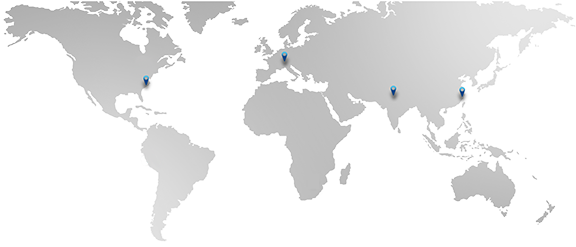Climate Change
CREATING A PATH TO NET ZERO
A growing number of IZA member companies have committed to climate change policies to reach net-zero Scope 1 and 2 GHG emissions by 2050. And an increasing number are now working on Scope 3 targets as well.
IZA facilitates this process by translating carbon emissions from the latest Life Cycle Assessment for zinc concentrate, smelting, Special High-Grade product, and crude zinc oxide to communicate global and regional averages. Engaging members across the value chain assures connectivity and a reliable decarbonization strategy for the whole zinc sector.
How the Zinc Industry Tracks Progress
There is a clear demand for “low carbon” and “green” products, highlighting the need for transparent and assured emissions reporting for making claims. While all IZA members have access to a full environmental profile for each asset through the global LCA, demands for carbon-specific assurance for sites and products have multiplied across the entire value chain.
The Zinc Carbon Footprint Guidance harmonizes data collection and reporting methods, while recognizing best practice for the industry’s unique structure, supply chains, raw materials, and down-stream uses.
- Technical Guidance on Carbon Footprint Calculation and Reporting for Special High-Grade Zinc.
- LME Approved Partner for voluntary reporting under LMEpassport.
- Clear definitions and methods built from ISO and GHG Protocol norms.
IZA's Scope 3 Emissions Reporting and Accounting Guidance for the Zinc Value Chain aims to refine the Greenhouse Gas (GHG) Protocol standards for the global zinc industry. Well over 90% of our members already report their Scope 1 and 2 emissions, and many also report on Scope 3 emissions. Our Scope 3 guidance builds on the GHG Protocol Standard and the ICMM Scope 3 Guidance for the mining and metals sector, closing zinc-specific gaps. We are excited to share this final guidance with our members to support their commitment to transparent and harmonized reporting of GHG emissions.
Using the example of special high-grade zinc production, this paper explains the differences between carbon footprints for companies, materials, and products and for an industry sector. It overviews existing reporting schemes and highlights gaps and the need for guidance and harmonization. Furthermore, it introduces the baseline carbon footprint of the global zinc industry today and the next steps in developing a decarbonization roadmap for the global zinc industry.
Credit: https://fliphtml5.com/drgc/wzoa/World_of_Metallurgy_-_Teaser_-_22023/ https://gdmb.de/homepage-english/
Availability of Low-Carbon Zinc
There is growing interest in low-carbon zinc, zinc produced in part using renewable energy with a lower carbon footprint than conventionally produced zinc.
Several IZA members have developed low-carbon zinc brands, all offering a zinc product performing well below the global average of 3.5 tonnes CO2e/ tonne.
It is important to note that IZA does not define low-carbon zinc but does provide sustainability guidance for the Special High-Grade zinc carbon footprint calculation and reporting. In addition, IZA has managed the global Life Cycle Assessment for Special High-Grade zinc since 2006, showing the range of carbon emissions stemming from the production of zinc. This is based on IZA members providing their carbon footprint and Life Cycle Assessment information, and the Life Cycle Assessment reflects approximately 30% of the global zinc demand from more than 50 mines, smelters, and recyclers worldwide.
Member Highlights

Boliden
Boliden has set the following climate targets:
- Scope 1 and Scope 2: 42% lower absolute emissions in 2030 with 2021 as base year.
- Scope 3: 30% lower absolute emissions in 2030 with 2021 as base year.
- Product target for Copper and Zinc: Copper and Zinc production in 2030 with an
average of 1.5 Kg and 1.0 Kg CO2 equivalents respectively per produced kg. - Long term goal of net zero carbon emissions in Scopes 1 and 2 by 2050 in line with the ambitions set out in the Paris Agreement to keep the global temperature increase below 1.5 °C.
To learn more about Boliden's climate change policy, visit their website: https://www.boliden.com/sustainability/our-approach-to-sustainability/climate.

Glencore
- 15% reduction in our Scope 1, 2 and 3 emissions by the end of 2026 against a restated 2019 baseline.
- 50% reduction in our Scope 1, 2 and 3 emissions by the end of 2035 against a restated 2019 baseline.
- Net zero industrial emissions for Scope 1, 2 and 3 emissions by the end of 2050.
To learn more about Glencore’s climate change policy, visit their website at https://www.glencore.com/sustainability/esg-a-z/climate-change
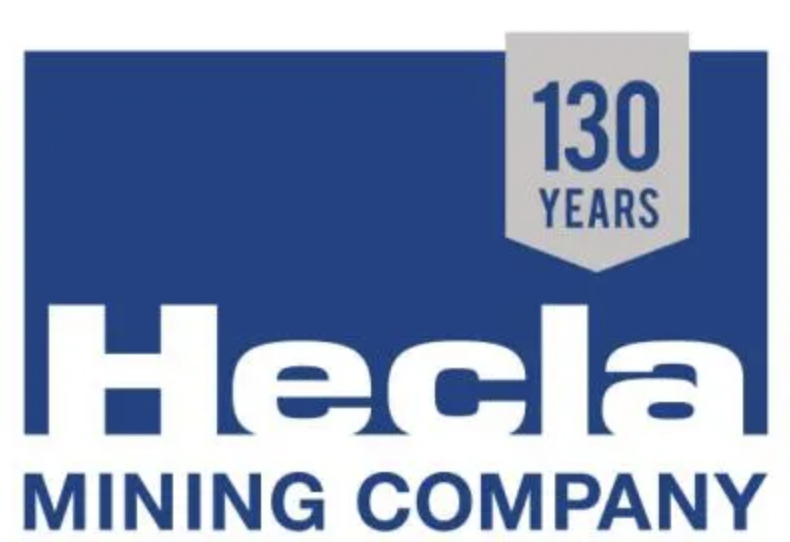
Hecla Mining
• Reduce combined Scopes 1 and 2 emissions by 30% from our 2019 baseline.
• Net Zero carbon footprint: Maintain a net zero carbon footprint (Scopes 1 and 2) through absolute reductions and the purchase of carbon emission reduction credits.
• 24% reduction in energy usage: Reduce energy consumption from 2019 baseline levels.
To learn more about Hecla's climate change policy view their Sustainability Report.

Hindustan Zinc Limited.
- Hindustan Zinc has received validation on its near-term and net-zero targets by the Science Based Targets initiative (SBTi), including a commitment to reduce 50% of absolute scope 1 and 2 GHG emissions and further reduction of 25% of absolute scope 3 GHG emissions by 2030 from the base year 2020.
- Reduce fossil fuel-based energy usage, shifting to renewables and low-carbon
solutions, and committing to net zero carbon emissions by 2050. - Increase renewable energy portfolio by adding 450 MW of renewable energy projects by FY 2024-25, aiming to source about 50% of the electrical energy requirement from renewable energy sources.
To learn more about Hindustan Zinc’s SBTi commitment, please visit https://www.hzlindia.com/media_press_releases/the-sbti-validates-hindustan-zincs-near-term-long-term-net-zero-targets
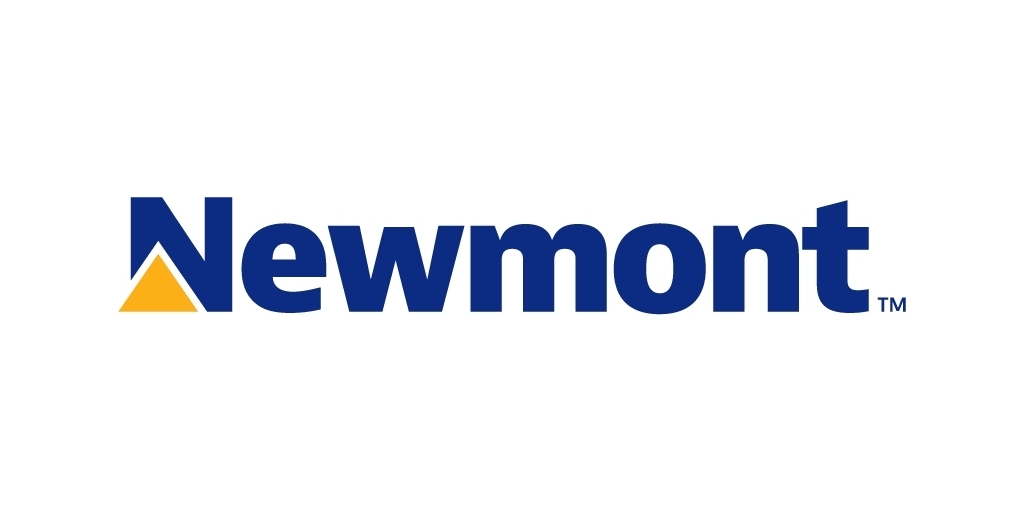
Newmont
- Reduction targets of 32% for Scope 1 and Scope 2 and 30% for Scope 3 by 2030 with an ultimate goal of being carbon neutral by 2050.
- All sites to achieve annual water efficiency targets that support an overall reduction in fresh water of more than 5%, with sites in water-stressed areas to reduce overall freshwater consumption by at least 10% from the 2018 baseline.
- Maximize concurrent reclamation opportunities over the next five years (2024-2028).
- Map all nature-related risks and opportunities across our value chain, while implementing strategies to achieve or exceed No Net Loss of Biodiversity by project closure by 2030 and disclose material nature-related impacts, dependencies, risks, and opportunities for priority operations by 2026.
To learn more about Newmont’s climate change policy, visit their website at https://www.newmont.com/sustainability/sustainability-reporting/default.aspx


Nyrstar
- Reduce Scope 1 and Scope 2 GHG emissions by 30% by the end of FY2023 and by over 50% by FY2032 compared to FY2020, ultimately aiming for carbon neutrality by 2050.
- 25% reduction in GHG emissions intensity of total shipping operations by end of FY2030 compared to 2019.
- Develop a renewable energy asset portfolio with a cumulative target capacity of 4GW by end of FY2025.
- Reduce Scope 3 upstream emissions intensity of non-ferrous metals by 10% by end of FY2030.
- Invest in renewable hydrogen projects with a total production capacity of 3GW by the end of FY2030.
Nyrstar’s sustainability metrics are reported publicly via the annual Trafigura Sustainability Report.

South32
• Long-term goal of achieving net zero operational (Scope 1 and 2) and value chain (Scope 3) GHG emissions by 2050.
• Achieved GHG emissions reduction target to keep Scope 1 GHG emissions below the FY15 baseline by FY21.
• Set medium-term target to halve operational GHG emissions by 2035 compared to FY21 baseline.
To learn more read South32’s climate change policy.

Sumitomo
- Reduction of GHG emissions through low-carbon products by 2030.
- Committed to a goal of net zero emissions by 2050.
- Development of CO2 fixation and absorption technology by 2050.
To learn more about Sumotomo's commitment to achieving net zero visit ICMM's site at https://www.icmm.com/netzero

Teck
- Aims to reduce the carbon intensity of its operations by 33% by 2030.
- The company is committed to achieving net-zero Scope 2 emissions by 2025 and net- zero Scope 3 emissions by 2050 with supporting short-term goals.
- Plans to accelerate the adoption of zero-emissions alternatives for transportation by displacing the equivalent of 1,000 internal combustion engine vehicles by 2025.
- Aims to conserve or rehabilitate at least three hectares for every one hectare affected by mining activities to achieve a net positive impact on biodiversity by 2030.
- The company also plans to transition to seawater or low-quality water sources for all operations in water-scarce regions by 2040.
To learn more about Teck's climate change policy view their Climate Change Strategy.

Nexa Resources
- Aims to achieve an absolute reduction of scope 1 emissions by 20% by 2030, with a focus on renewable energy sources. The company plans to reach net neutrality by 2040 and become net zero by 2050, aligning with SBTi 2021 guidelines.
- Committed to responsible water resource management by reducing water usage, enhancing reuse, and ensuring strict effluent standards.
To learn more about Nexa's climate change policy view their Climate Change Strategy.

Lundin Mining
- 35% reduction in Scope 1 and 2 emissions by 2030 across their end-of-2019 portfolio operations, against 2019 adjusted base year.
To learn more about Lundin's climate change policy view their 2022 Sustainability Report.
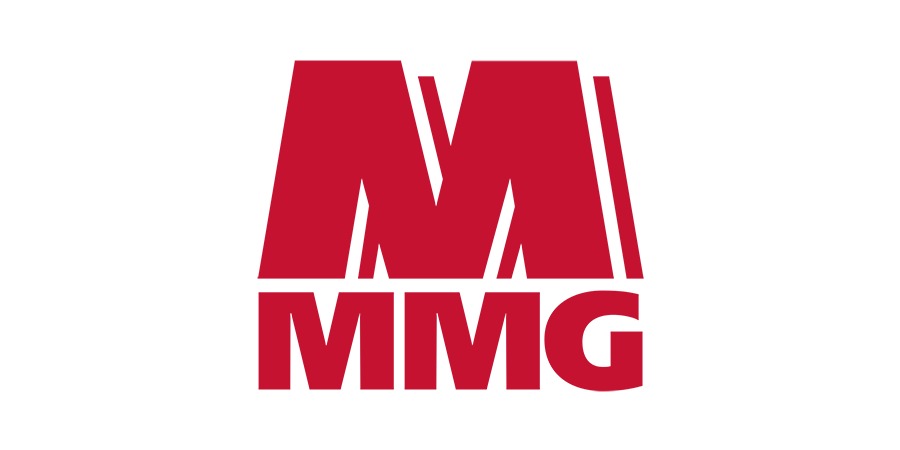
MMG Limited
- The company is committed to achieving net zero carbon emissions by 2050, aligning with global efforts to combat climate
- MMG has set an interim target to reduce GHG emissions by 40% from a 2020 baseline by 2030, demonstrating its commitment to mitigating climate change aligning with science-based methodologies to help reduce global warming to 1.5°C, in line with Paris Agreement
- The company aims to work towards achieving net zero Scope 3 emissions by 2050.
To learn more about MMG's climate change policy view their 2022 Sustainability Report.

Korea Zinc
- 24% of total electricity from renewable energy through solar and wind power generation projects established in 2018 (SMC).
- Increase the proportion of new and renewable energy to 85% by 2025, and 100% by 2040 (SMC).
- Achieve 100% Green Zinc through 0% carbon emission (Net Zero) in 2050 through renewable energy projects and green hydrogen energy business.
To learn more about Korea Zinc's sustainability efforts visit their ESG webpage.
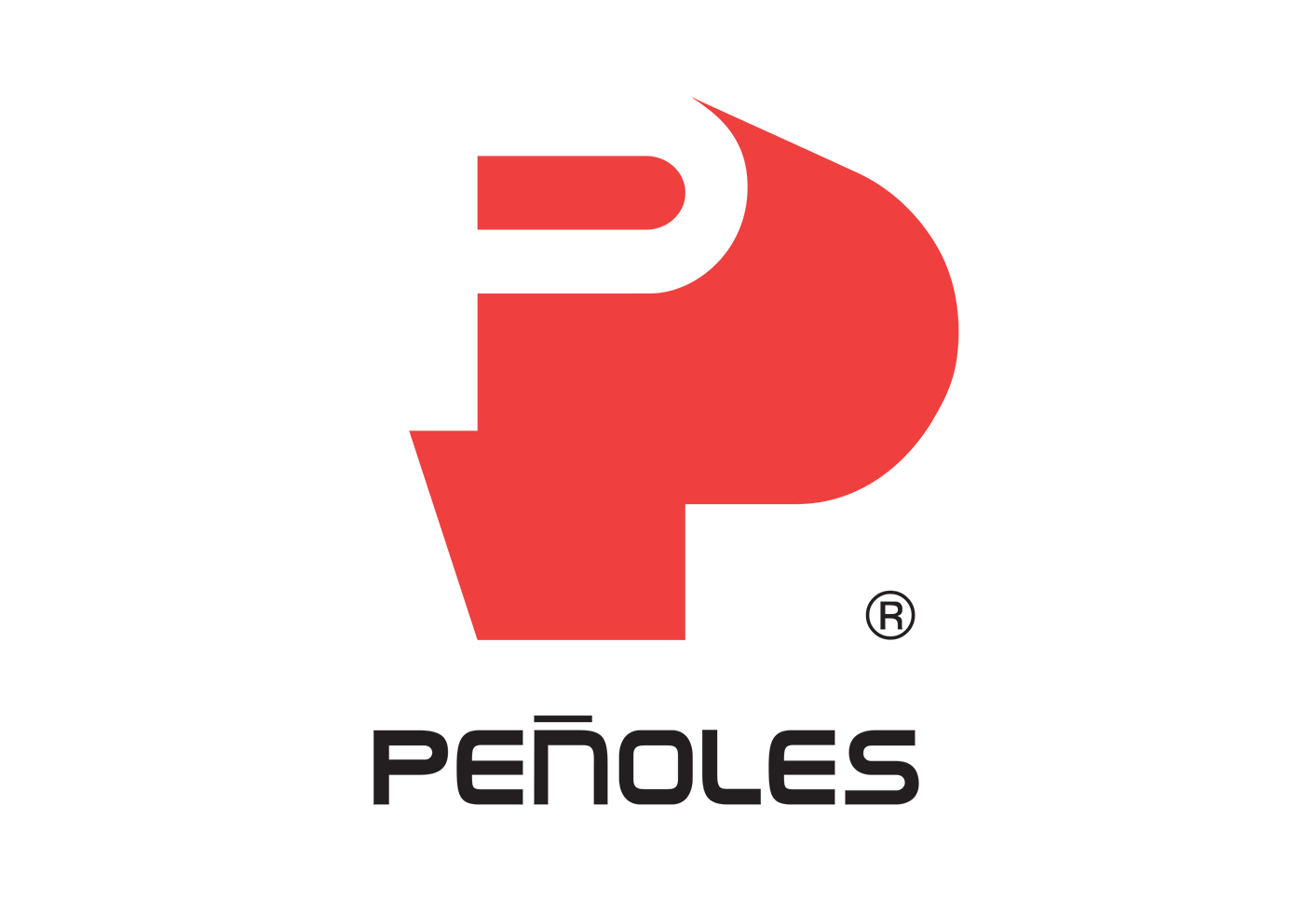
Penoles
- A goal for 2028 is that electricity consumption in all operations will come from clean sources to the extent that the national regulatory framework allows.
- Renewable Energy: 48% of energy consumption in 2023 came from renewable wind energy. Plans to expand renewable energy sources to further reduce emissions.
- Emission Reduction: 9.5% reduction in Scope 1 emissions from 2022 to 2023. 17.49% reduction in Scope 2 emissions from 2022 to 2023. Strategic decarbonization roadmap under development for future reductions.
- Water Use and Efficiency: 78% of water used in operations is reused, with ongoing efforts to optimize recirculation.
- Alternative Fuels: Exploring hydrogen and green ammonia to reduce vehicle and equipment emissions.
To learn more about Penoles's sustainability efforts see their 2022 Sustainability Report.
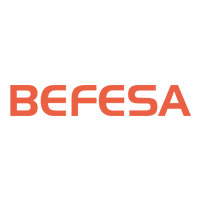
Befesa
- Reduce carbon dioxide emissions by 20% by the year 2030 and achieve net zero emission by 2050 through green power sourcing, operational efficiency, and advanced recycling technologies like hydrogen and carbon capture.
- Recycle more than 2.4 million tonnes of residues and recover over 1.8 million tonnes of valuable materials from recycled residues annually by 2025.
- Increase the share of renewable energy in electricity consumption, with projects in solar energy and hydrogen recovery under development.
- Initiatives like biocoke substitution and photovoltaic installations aim to significantly reduce CO₂ emissions.

Antamina
- The company has set reduction targets for 2030 and 2050 as part of its commitment to transitioning to a carbon-neutral economy, in alignment with the 2015 Paris Agreement.
- The company aims to maintain GHG emissions from its operations around baseline values updated to the year 2021.
- The company plans to assess environmental risks related to energy use and greenhouse gas (GHG) emissions during project planning stages, aiming for a medium- and long-term strategy to diversify energy sources and reduce CO2 emissions.
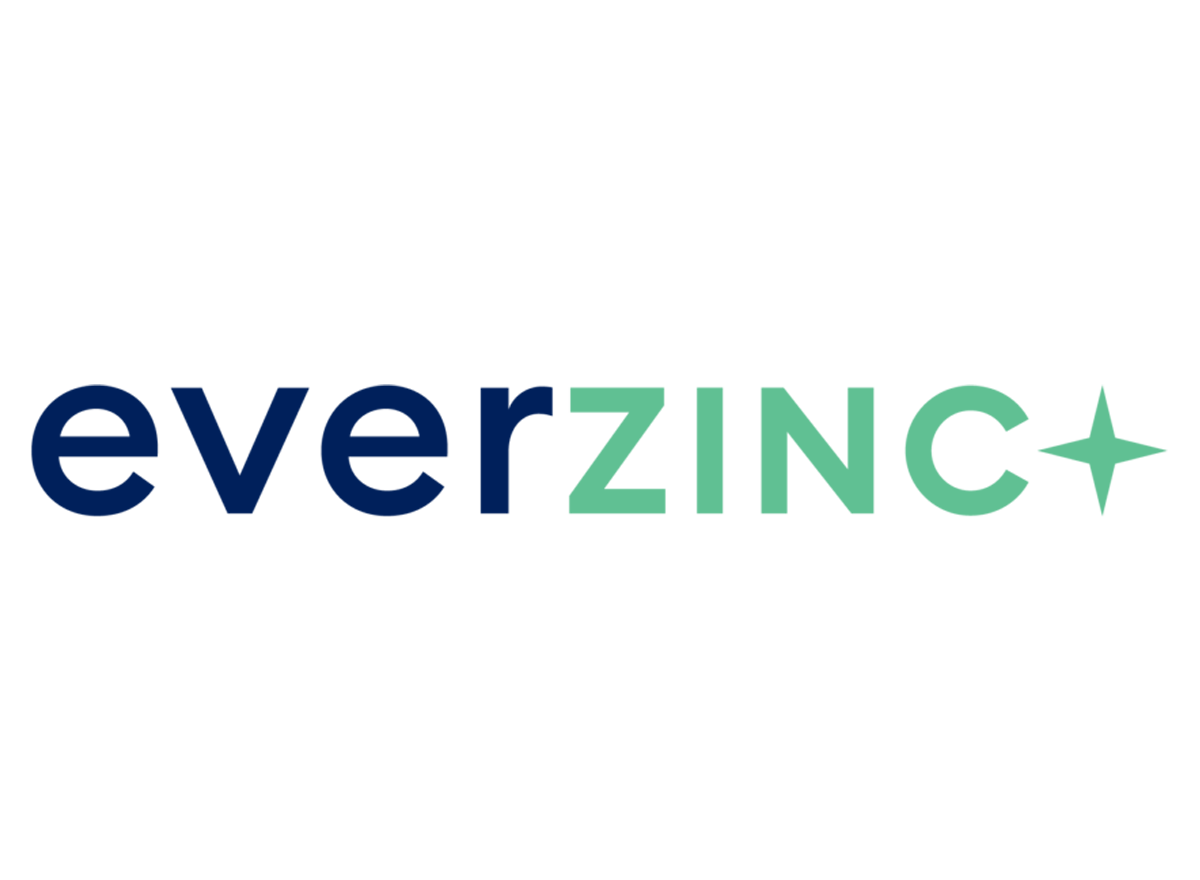
EverZinc
- EverZinc recovers zinc from existing materials to minimize reliance on virgin zinc mining, minimizing environmental impact by lowering air emissions, water usage, deforestation, energy consumption, and waste.
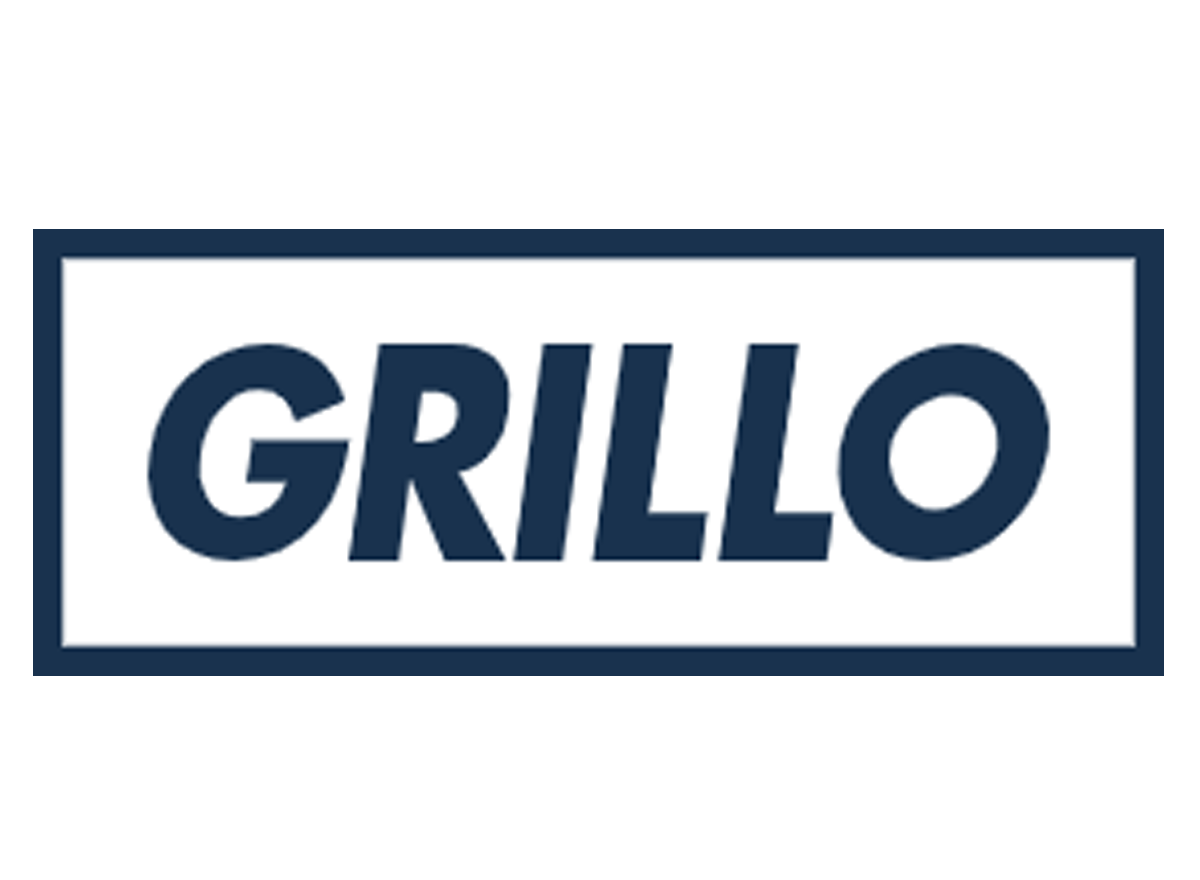
Grillo
- At Grillo minimizing CO2 emissions during the production process is an important long- term environmental goal. The company focuses on reduced CO2 energy production and thus make a significant contribution to reducing CO2 emissions.
- Using solar thermal collectors and photovoltaic modules to generate By using geothermal and renewable energy, over 2.1 million kWh of energy is saved and CO2 is reduced by over 640 tonnes.

Grupo Mexico
- Aim to reduce Scope 1 and 2 emissions by 15% by 2027 and 35% by 2035, relative to 2018 BAU emissions, ultimately achieving net-zero Scope 1 and 2 emissions by 2050.
- Emissions intensity reduction target of 20% by 2027 and 50% by 2035, compared to 2018, and for Mining Division, at least 25% of electricity consumption to come from renewable energy sources by 2027 and 50% by 2035, using 2022 as the base year.
- Reduce freshwater consumption per production unit by 5%, compared with 2022.
- Reduce Scope 3 absolute emissions by 10% by 2027, 20% by 2035 and 30% by 2050 for BAU emissions, using 2022 as the base year.

IEQSA
- 10% reduction in tons of CO2eq generated by direct emissions and 3.4% total reduction of carbon footprint 2022 compared to 2021.
- Aim to achieve an absolute reduction in direct emissions by 2030, carbon neutrality by 2040, and ultimately net-zero emissions by 2050.
- Increase the valorization of the waste generated.

KCM 2000
- The company reduced operational emissions (Scope 1&2) by 13 %, despite increasing zinc and lead production by 2% compared to 2013.
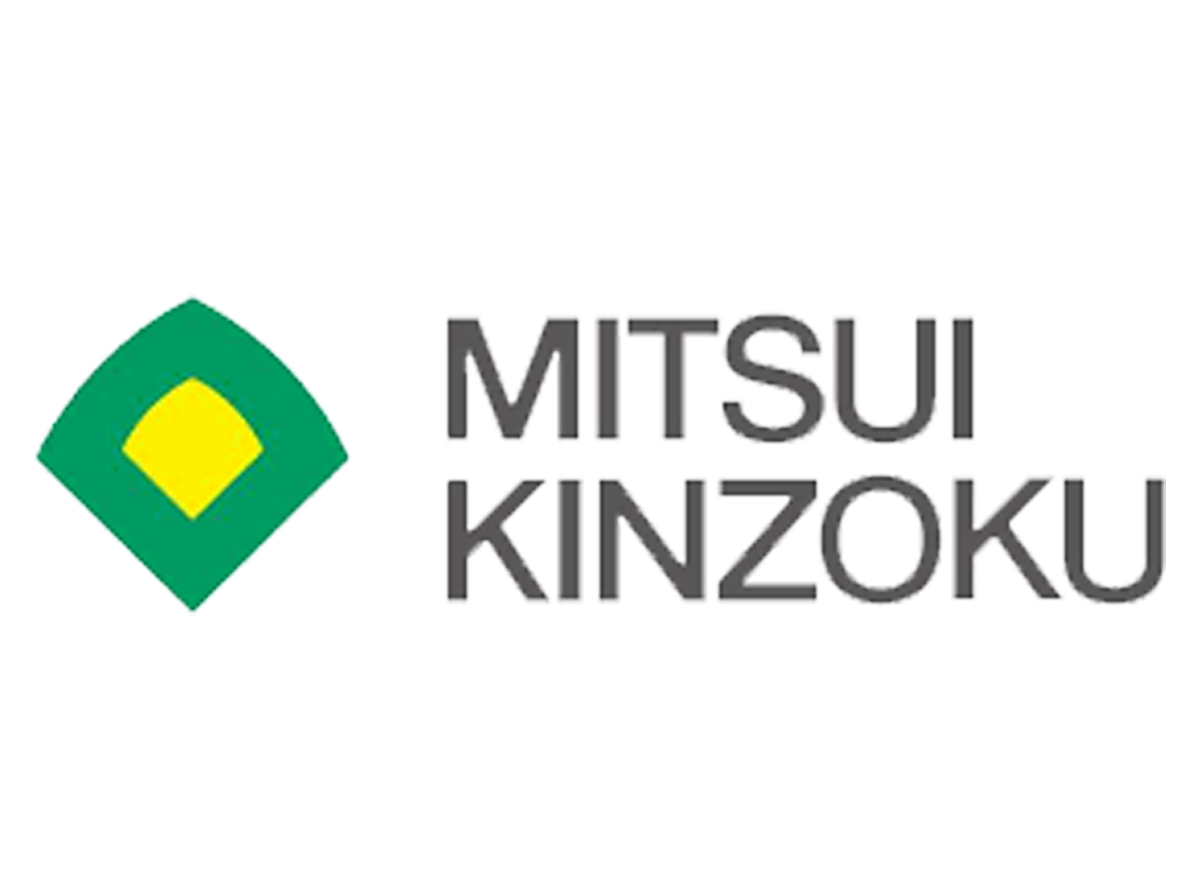
Mitsui Mining & Smelting
- Reduce CO2 emissions by 38% globally by 2030 (compared to the 2013 level).
- Achieving carbon neutrality (net zero emissions) by 2050.

VM Building Solutions
- 50% reduction of group CO2 emissions by 2035 (compared to 2023 levels).
- Achieved a 78% reduction in water usage compared to 2017 by implementing efficient water management practices.
- Reducing micro pollutant emissions by 90% by 2028 (compared to 2017 levels).



